Checklist for Inclusive Emergency Safety Briefings for Attendees
| Checklist for Inclusive Safety Briefings for Attendees |
√ |
| Event sponsor staff takes an emergency tour of the facilities before the event to learn the locations of all emergency related equipment and exits. | |
| This tour should be done with facility staff, preferably the Security Manager | |
| Learn the locations of: | |
|
|
|
|
|
|
|
|
|
|
|
|
|
|
| Learn about the fire alarm sounds, signals and messages (See above Inclusive Safety Briefing) | |
| Share all emergency information with all event staff and volunteers. | |
| Incorporate information into attendee safety briefings. | |
| Include information that is usable by people with low or no vision, who are color blind, are deaf or hard of hearing, and people who need help with mobility and /or cannot use steps. | |
| Be specific and use multiple methods to describe directions. Avoid directions that are not inclusive, such as: | |
|
|
|
|
|
|
|
Incorporating slides and / or pictures in the briefing can increase attention and understanding for those who can see them. Narrate the content of each slide for those unable to see them. |
|
|
|
|
|
People directed to an evacuation assistance area or area of refuge / area of rescue assistance (See Note 2) need to know they will get evacuation assistance if they wait in these areas. Include in the plan HOW they will be helped to evacuate. This plan should not be solely dependent on waiting for fire fighters who may not be able to get to this area in a large-scale emergency. With a national average of 1 first responder for every 113 people and one ambulance per 51,000peoplein cities with populations ranging from 400,000 to 900,000 (Ann Emerg Med. 1990 May;19(5):536-46.Characteristics of midsized urban EMS systems. Braun O1, McCallion R, Fazackerley J.) relying on the arrival of first responders cannot be the only part of a plan. During the September 11, 2001 evacuation of the World Trade Center towers, people with disabilities directed to wait in these areas for evacuation help from fire fighters died. |
|
| If provided, remind attendees to review “Staying Overnight: Emergency Safety Tips” located in | |
| Start every day and each session [if in a different location or with a changing audience] with safety instructions incorporated into general and information announcements. |

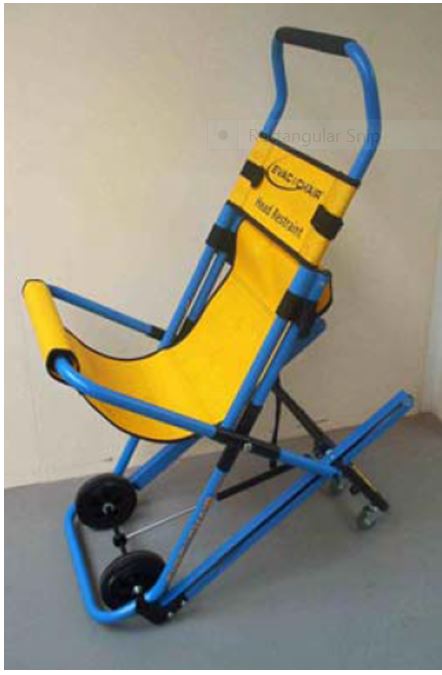
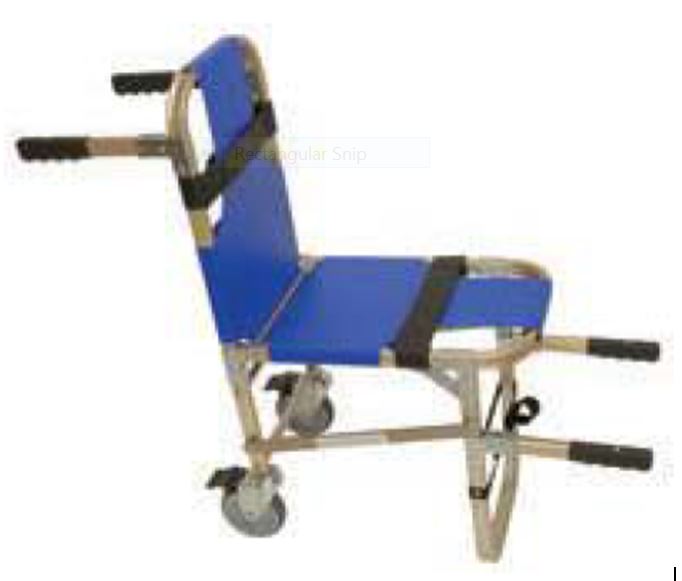
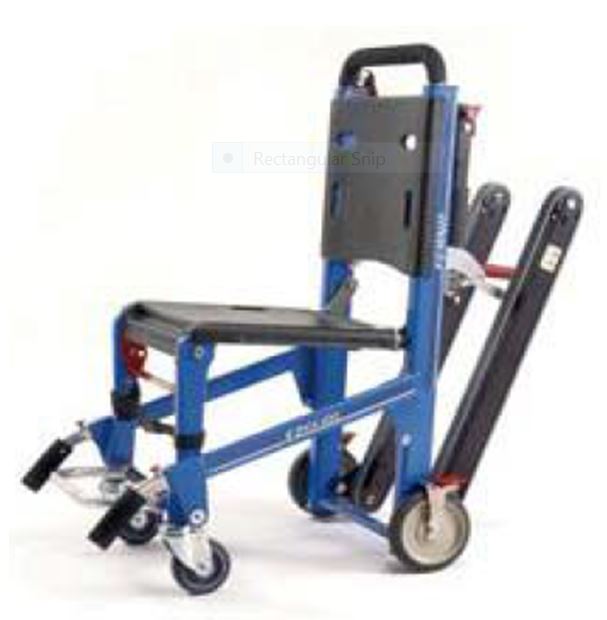
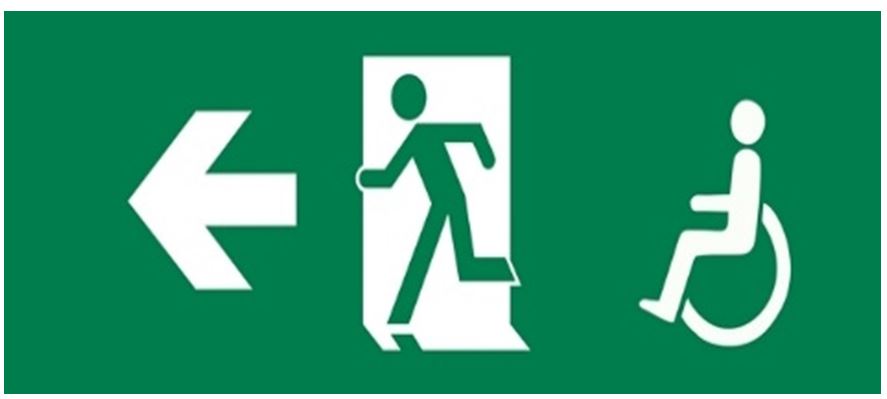
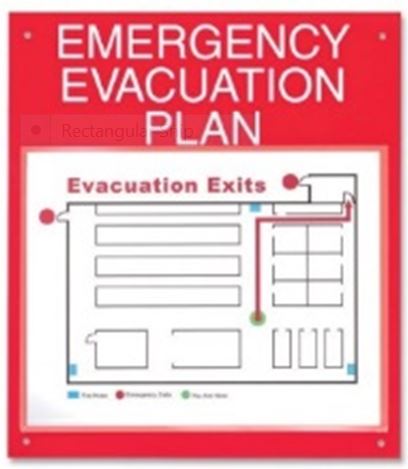
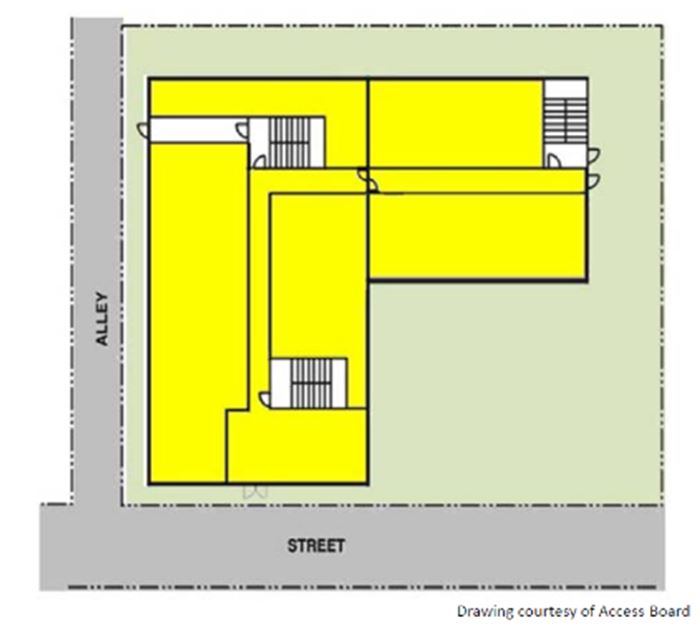
User Comments/Questions
Add Comment/Question